Opportunities for the "lowland" area
Over the past two years, the Vietnamese real estate market has shown signs of weakening, with both supply and market liquidity hitting rock bottom. Real estate segments with real demand, such as social housing and affordable commercial housing, have almost become “extinct” on the market.
In the seminar “Potential of the real estate market for commercial housing and social housing in the Northwest region” held on the afternoon of November 21, Mr. Nguyen Van Dinh, Chairman of the Vietnam Real Estate Brokers Association analyzed: Most of the products being sold today are inventory from projects that were approved many years ago. There are almost no, or very few, new projects approved.
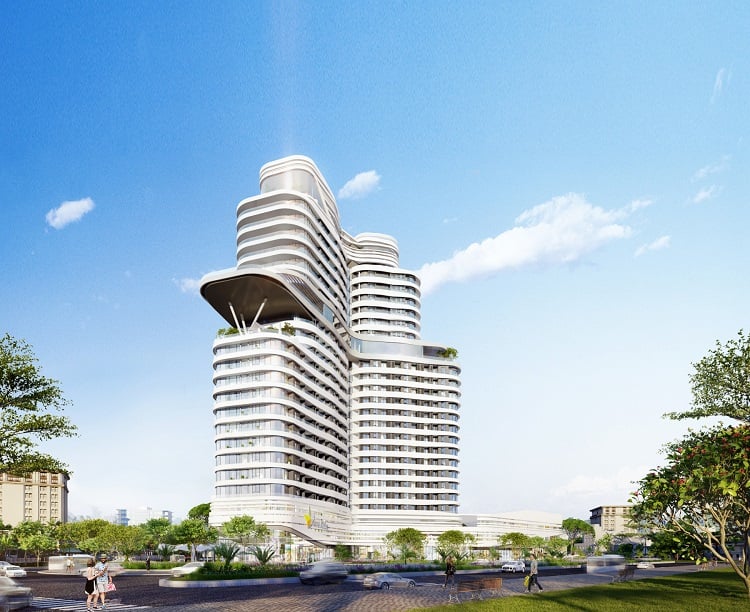
The two regions that are currently being “hunted” are the Northwest and the Southwest. (Photo: TMN)
Faced with this situation, the market witnessed the phenomenon of investors “fleeing” in places that had been “stormy”. However, Mr. Dinh said that in difficulties, there are always bright spots.
“In less-noticed areas that have not yet been hit by the real estate “storm”, investors still have opportunities. The two regions that are currently being “hunted” are the Northwest and the Southwest. These are considered to be the two low-lying areas of the real estate market.
Regarding the Northwest real estate market, Mr. Dinh assessed that this is an area with great advantages in natural landscapes, natural mountains and forests, suitable for developing resort real estate.
In addition, the Northwest region has borders with two countries, Laos and China, which is very suitable for border trade. Therefore, the segments of townhouses, shophouses, commercial housing, etc. still have prospects in the future.
In addition, the Northwest region is receiving heavy investment in infrastructure, some national highways such as Hanoi - Lao Cai have been completed for a long time, shortening the time from the capital to the Northwest provinces. In the near future, this region will also have Sapa International Airport, which will be operational in 2026;,... This is also a factor that investors expect.
“The withdrawal of investors from markets that have grown “hotly” is an opportunity for areas that are market valleys. Those are the two western poles of Vietnam,” Mr. Dinh emphasized.
Agreeing with this view, Mr. Dang Manh Cuong, Deputy General Director of BB Group, said: The Northwest region has a strategic position thanks to its location on the economic axis of Kunming (China) - Lao Cai - Hanoi - Hai Phong.
This area is also the connecting center between ASEAN countries, countries in the Mekong sub-region and China. With these advantages, Mr. Cuong believes that the Northwest region is suitable for real estate segments such as tourism, housing, industrial parks and inland waterway projects.
“This is an opportunity for the Northwest real estate market to break through. Reality also shows that some housing projects in this area, such as The Manor Tower Lao Cai project, are attracting the attention of investors,” said Mr. Cuong.
Tourism and resort real estate is "out of favor"
In the Seminar, experts said that the Northwest real estate market is “biased” towards tourism and resort projects. Meanwhile, housing projects, although having a lot of potential, have not yet attracted the attention of many large investors.
Mr. Nguyen Hoang Nam, General Director of G-Home Joint Stock Company analyzed: Before the COVID-19 pandemic, Vietnam's tourism industry developed very quickly, always reaching double digits. In 2019 alone, the number of international tourists to Vietnam reached a record, reaching nearly 19 million visitors.
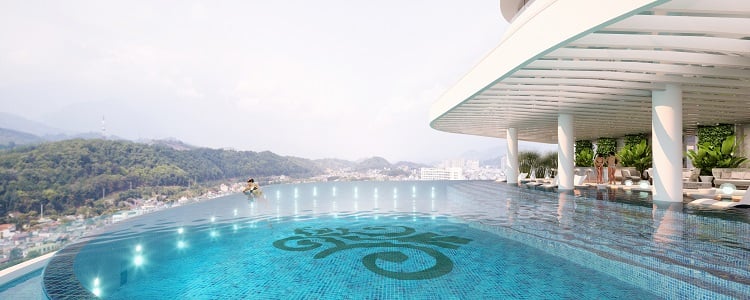
Housing projects are promising in the Northwest region. (Photo: DM)
Therefore, in places with natural advantages, such as sea and mountains, many investors have poured a lot of money into developing tourism and resort real estate. Among them, Phu Quoc, Nha Trang and Quy Nhon are the localities with the "hottest" growth.
However, after 2 years of the pandemic, the tourism industry has been paralyzed. By 2023, Vietnam is striving to have 13 million international tourists, still far less than before the pandemic, which has also caused tourism and resort real estate to "fall out of favor".
“Tourism and resort real estate is like a train running very fast, but affected by the pandemic, it cannot brake in time. In places where development is too hot, they are still trying to recover,” said Mr. Nam.
Regarding the Northwest tourism and resort real estate market, Mr. Nam said there is still room.
“Compared to coastal areas, tourism real estate in mountainous areas, especially in the Northwest region, is still far behind. In some localities, such as Sapa, there is still a phenomenon of “room shortage”. Therefore, I think that tourism real estate still has opportunities, but we need to avoid making the same mistakes that other localities are making,” said Mr. Nam.
Currently, experts and investors believe that the resort serviced apartment segment is the most potential and profitable market in the near future, due to its moderate investment value, suitable for individuals and large investors because the purpose of use can be flexible. Especially in localities considered as tourist capitals such as Sapa, resort serviced apartment projects here will certainly create a fever because the space in Sapa is not much, while the market demand is very high.
Source








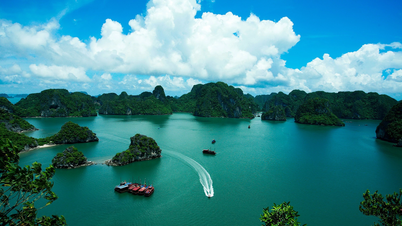






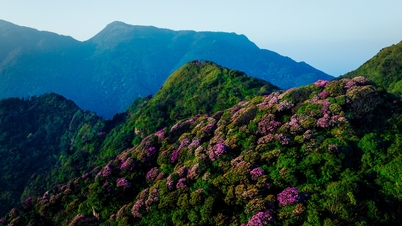




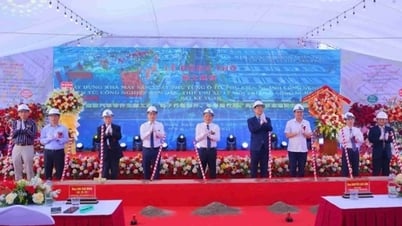
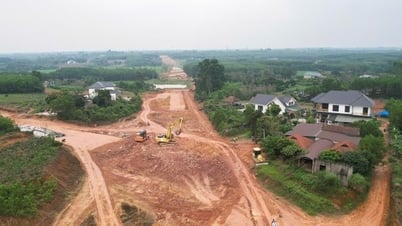

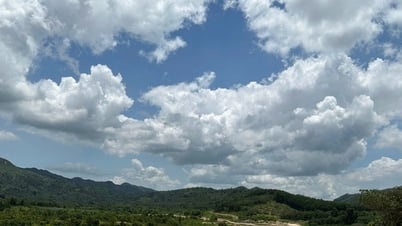




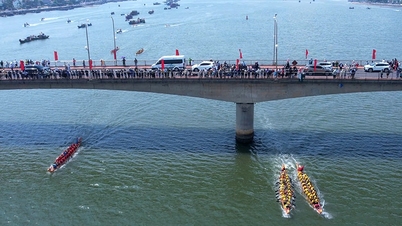
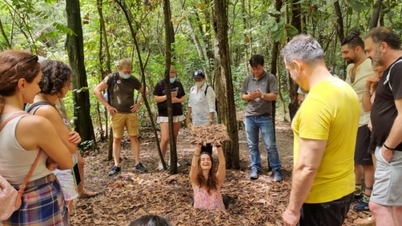


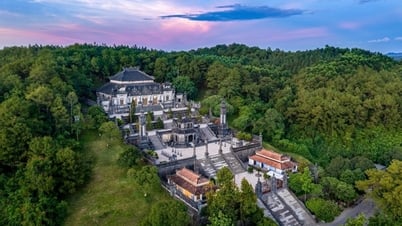
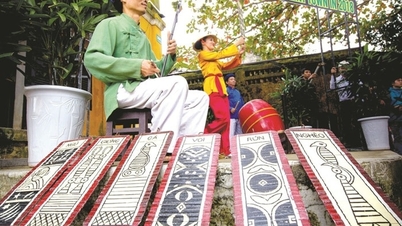
![[Photo] General Secretary To Lam meets with Chairman of the Federation Council, Parliament of the Russian Federation](https://vphoto.vietnam.vn/thumb/1200x675/vietnam/resource/IMAGE/2025/5/10/2c37f1980bdc48c4a04ca24b5f544b33)
![[Photo] Ho Chi Minh City: Many people release flower lanterns to celebrate Buddha's Birthday](https://vphoto.vietnam.vn/thumb/1200x675/vietnam/resource/IMAGE/2025/5/10/5d57dc648c0f46ffa3b22a3e6e3eac3e)
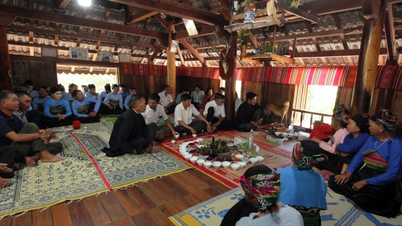



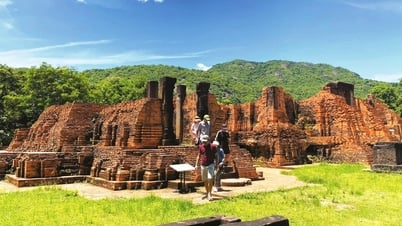

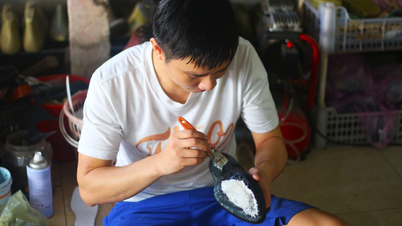



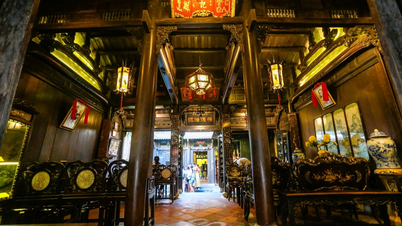


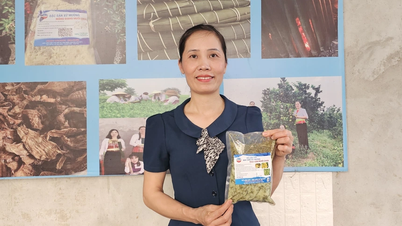





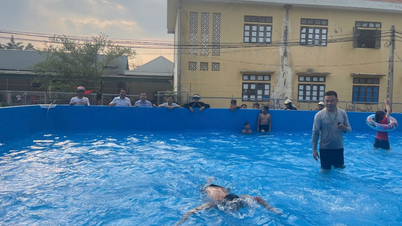


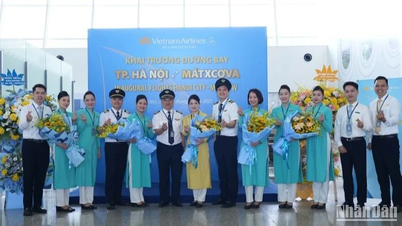



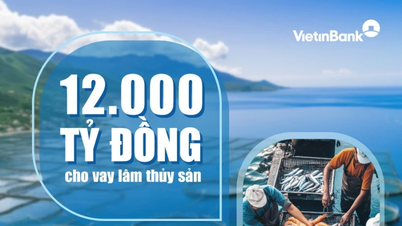
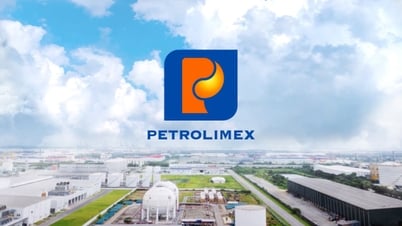

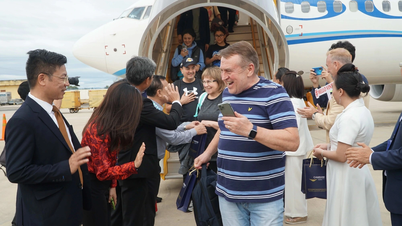











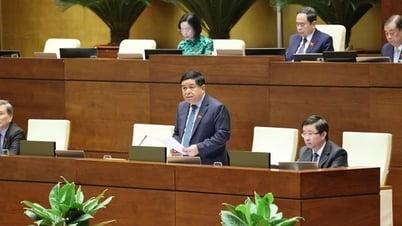

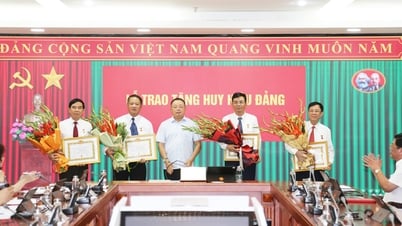
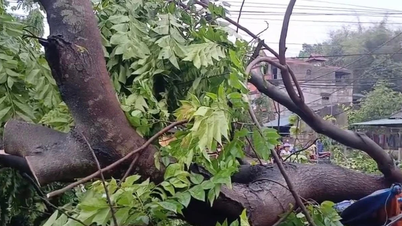

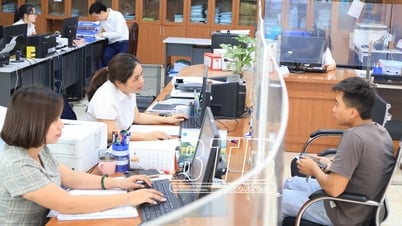



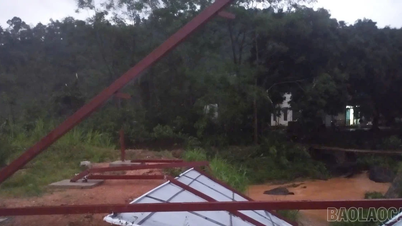
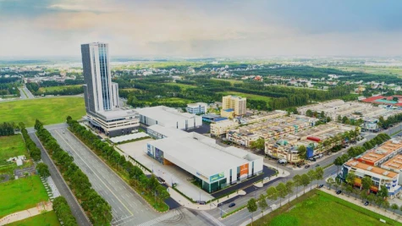





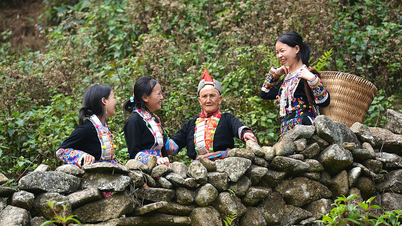
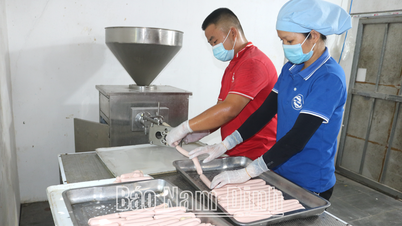






Comment (0)